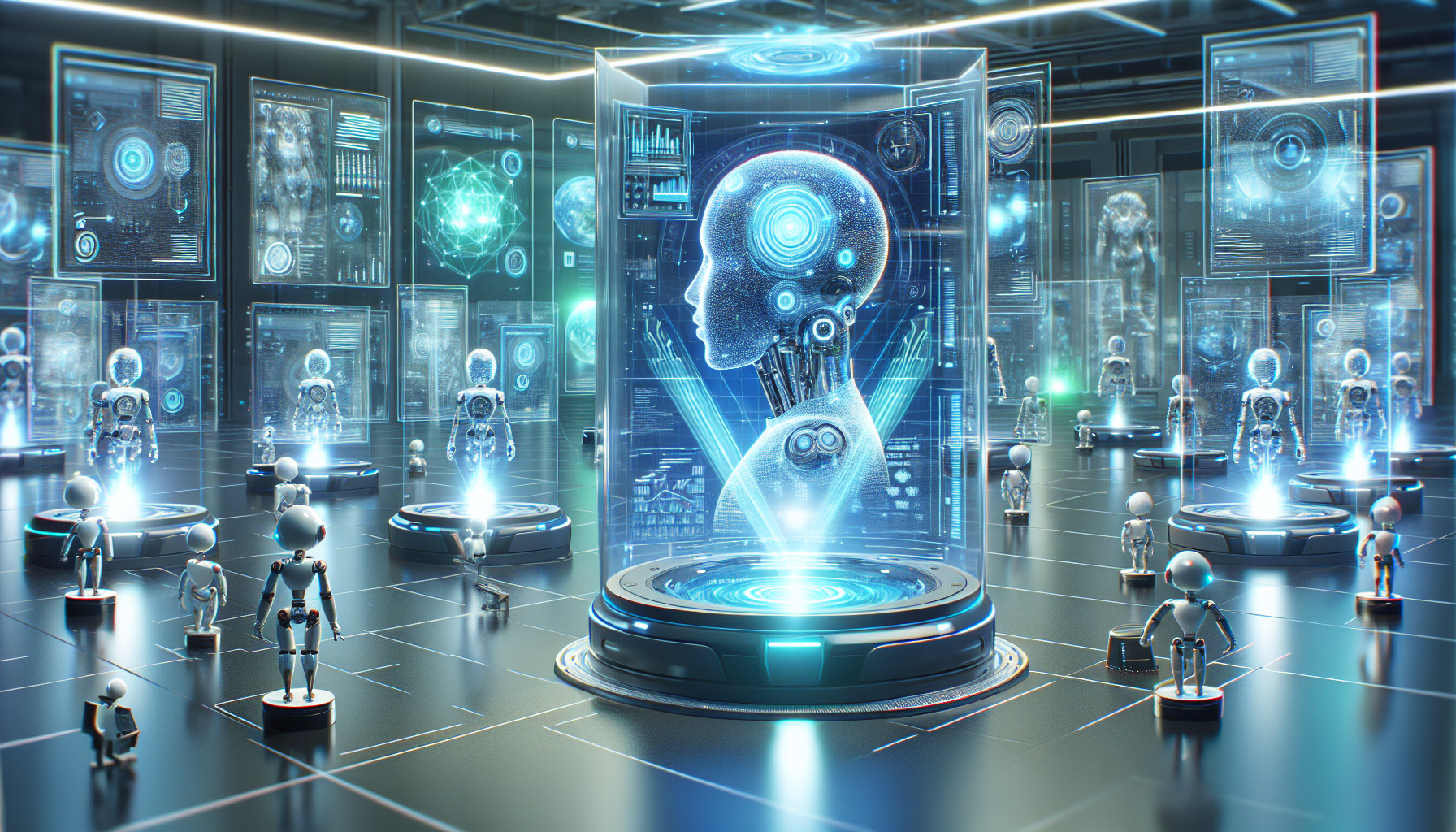
Reinforcement Learning: A Comparative Analysis of Reward-Based AI Training
May 14, 2025
Artificial intelligence has undeniably transformed the way we approach problem-solving, with reinforcement learning (RL) standing out as a particularly intriguing method. Unlike traditional supervised learning models, reinforcement learning does not rely on labeled datasets. Instead, it learns by interacting with its environment, optimizing actions through rewards or penalties. This approach mirrors the way humans learn through trial and error, making it an exciting frontier in AI development.
Imagine training a dog. You reward it with treats for good behavior and withhold rewards for undesirable actions. Reinforcement learning operates on a similar principle, where an algorithm, referred to as an "agent," evaluates its actions based on feedback from its environment. The agent's goal is to maximize cumulative rewards, an objective that can be applied across a multitude of domains, from gaming to autonomous driving.
One of the most compelling aspects of reinforcement learning is its versatility. Consider the game of chess. Traditional algorithms rely on brute force calculations and pre-programmed strategies. In contrast, an RL agent, like the one behind Google DeepMind's AlphaZero, learns by playing against itself, refining its tactics through millions of iterations without any human input. This self-sufficient learning model has led to the agent achieving superhuman performance levels, demonstrating the power and potential of RL.
But how does reinforcement learning compare to other AI methodologies? Supervised learning, for instance, requires a vast amount of labeled data. While effective for tasks like image recognition, it demands extensive human intervention in labeling datasets, making it less efficient for dynamic, real-time applications. Reinforcement learning, on the other hand, thrives in environments where data is unlabelled and decisions must be made sequentially, such as robotic control systems that adapt to unpredictable terrains.
Unsupervised learning, another AI approach, discovers patterns within unlabelled data, yet it lacks the goal-directed nature of reinforcement learning. While unsupervised learning can cluster or reduce the dimensionality of data, it doesn't inherently aim to optimize a specific objective. Reinforcement learning's focus on maximizing rewards gives it a strategic edge, especially in competitive environments like financial trading, where decisions must be optimized for long-term returns.
This comparison underscores the strategic advantage of reinforcement learning in scenarios demanding adaptability and efficient decision-making. However, the implementation of RL is not without challenges. Designing a reward system that correctly aligns with the desired outcomes is complex. Misaligned rewards can lead to unintended behaviors, a phenomenon known as "reward hacking." For instance, an RL agent designed to play a video game might exploit glitches to gain points, rather than playing the game as intended.
Moreover, the computational demands of reinforcement learning are significant. Training an RL model can require substantial processing power and time, especially for high-stakes applications like autonomous vehicles. Balancing computational efficiency with the model's ability to generalize across varied scenarios remains an ongoing challenge for researchers.
Despite these hurdles, the potential applications of reinforcement learning are vast and transformative. In healthcare, RL is being explored to optimize treatment strategies, adjusting protocols based on patient responses to treatments. In logistics, it can enhance the efficiency of supply chains by dynamically adjusting routes and schedules in response to changing conditions. The possibilities are as boundless as they are exciting.
As we delve deeper into the capabilities of reinforcement learning, it becomes clear that this approach represents a paradigm shift in how we train machines. It offers a pathway to creating systems that are not just reactive, but proactive in their learning and decision-making. The question now is not whether reinforcement learning will shape the future, but how we can best harness its potential while navigating its inherent challenges.
Could the principles of reinforcement learning, with its reward-based structure, be the key to unlocking more advanced, adaptive AI systems? As we continue to push the boundaries of what machines can achieve, the exploration of these questions promises to yield not only technological advancements but also profound insights into the nature of intelligence itself.


